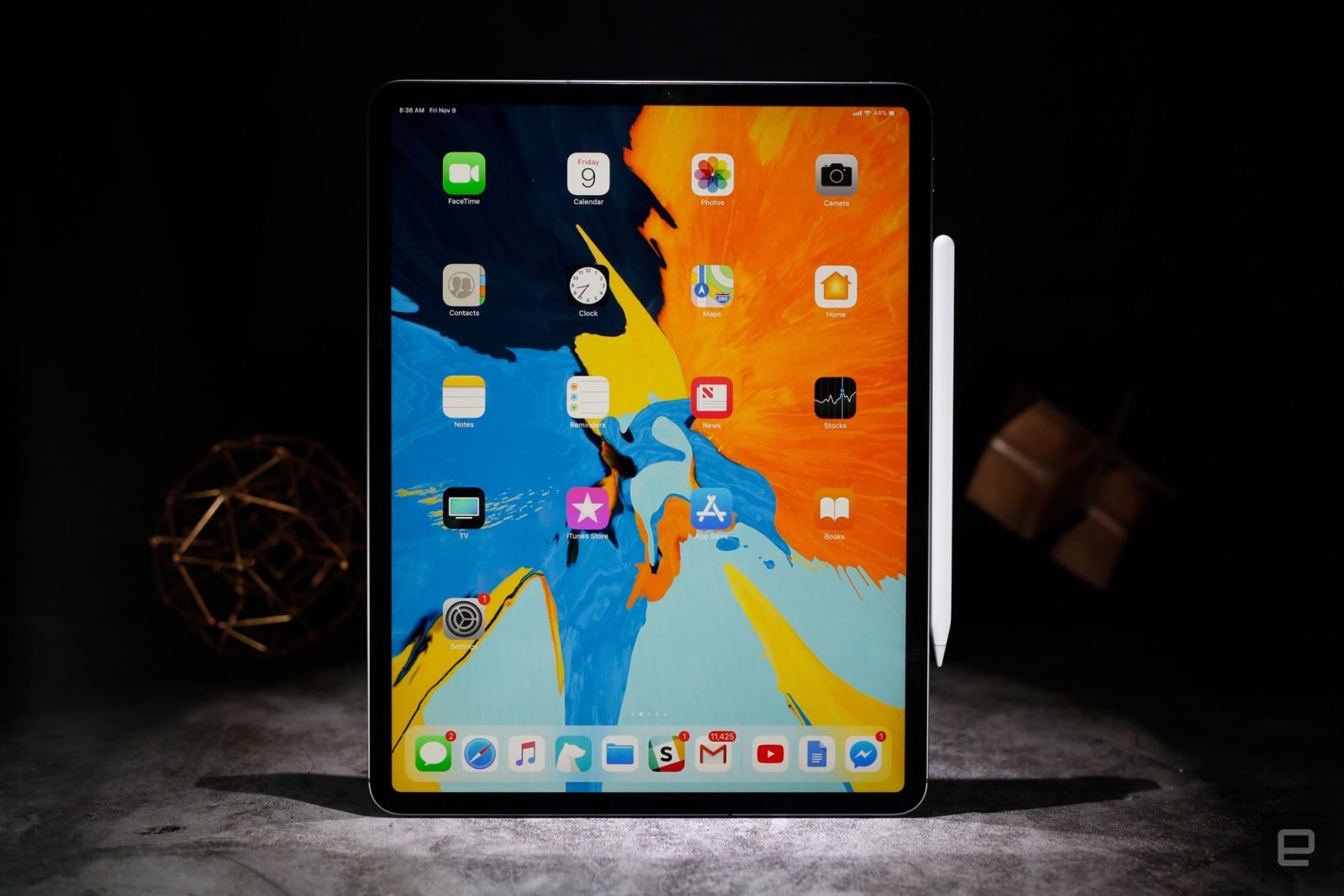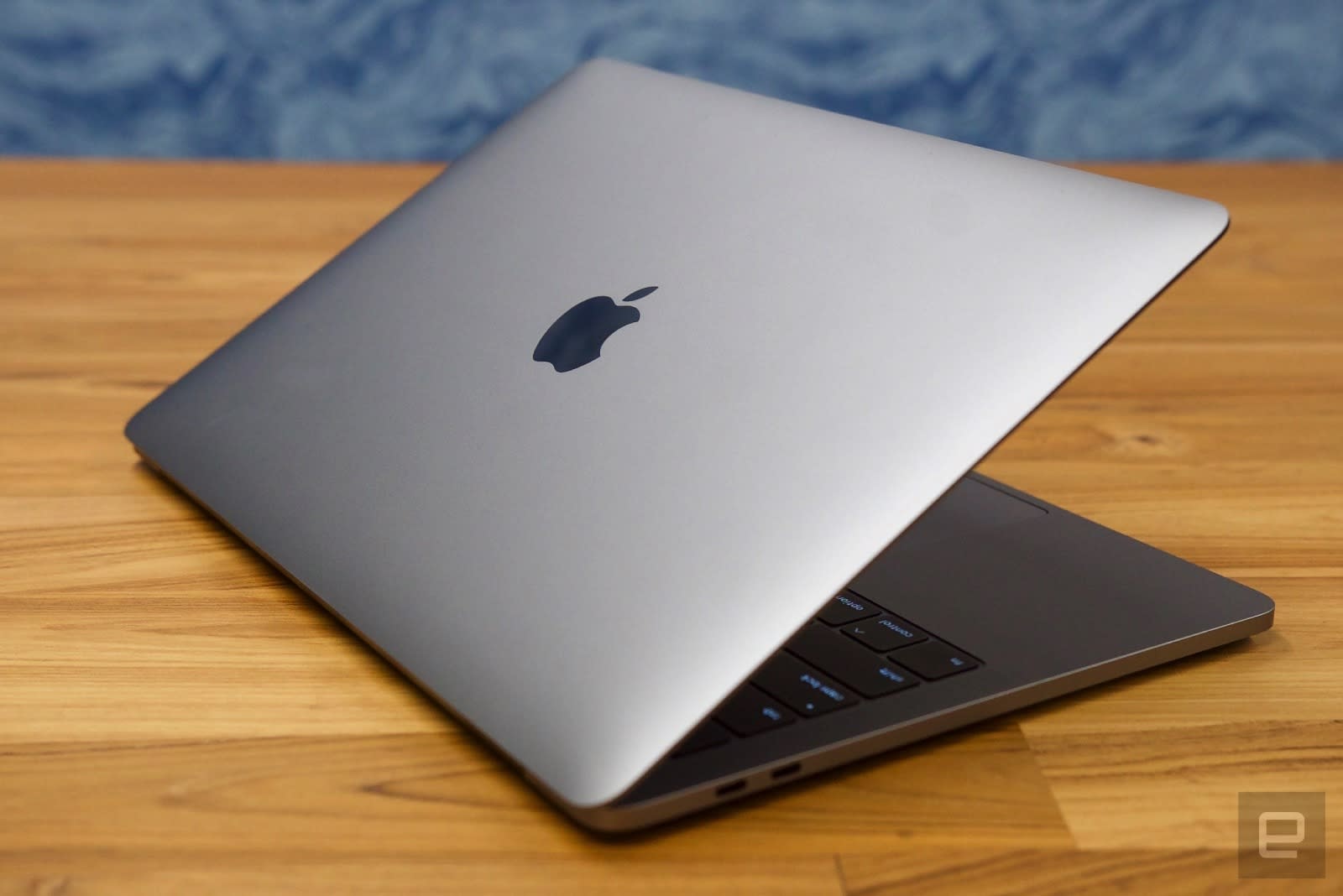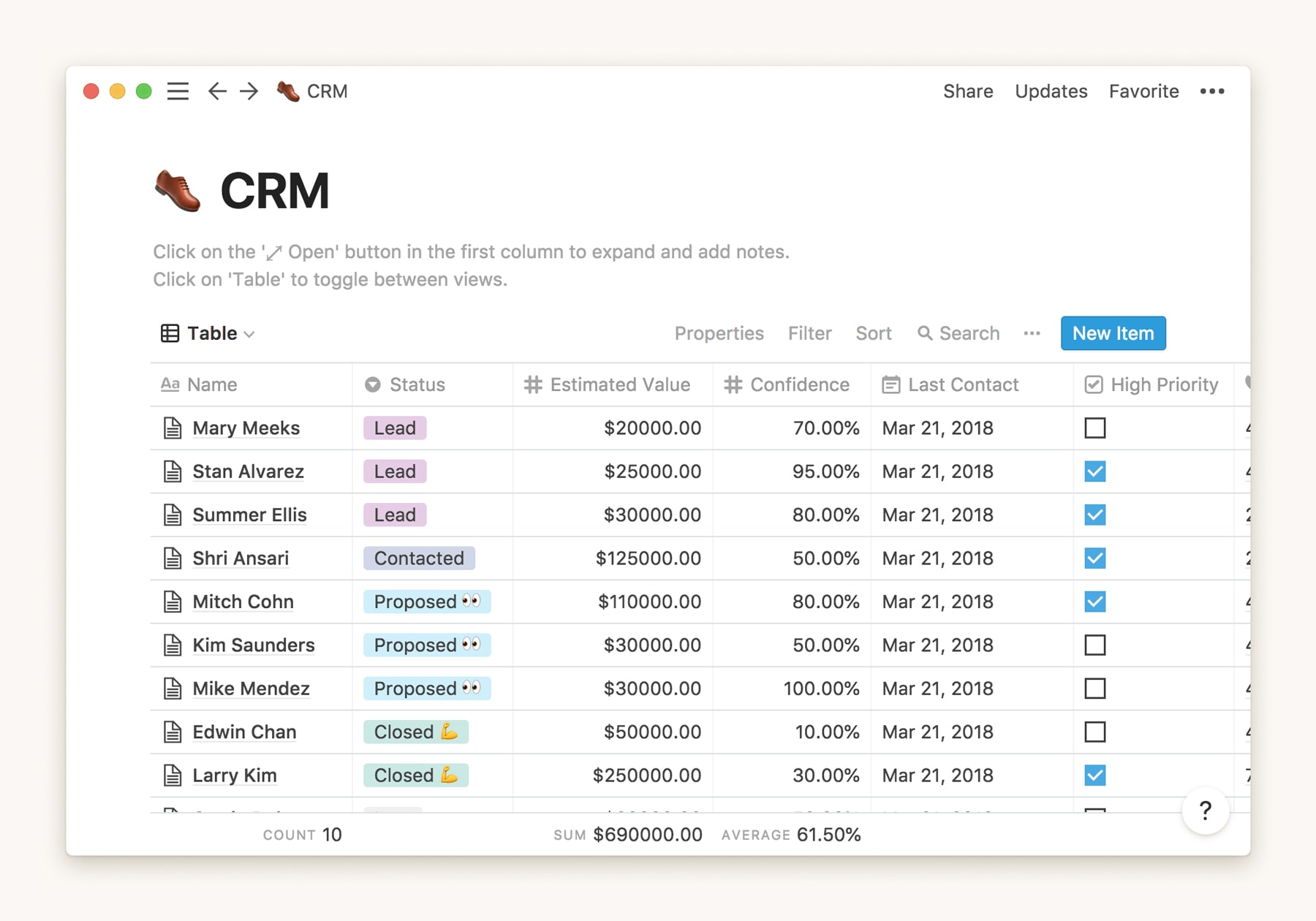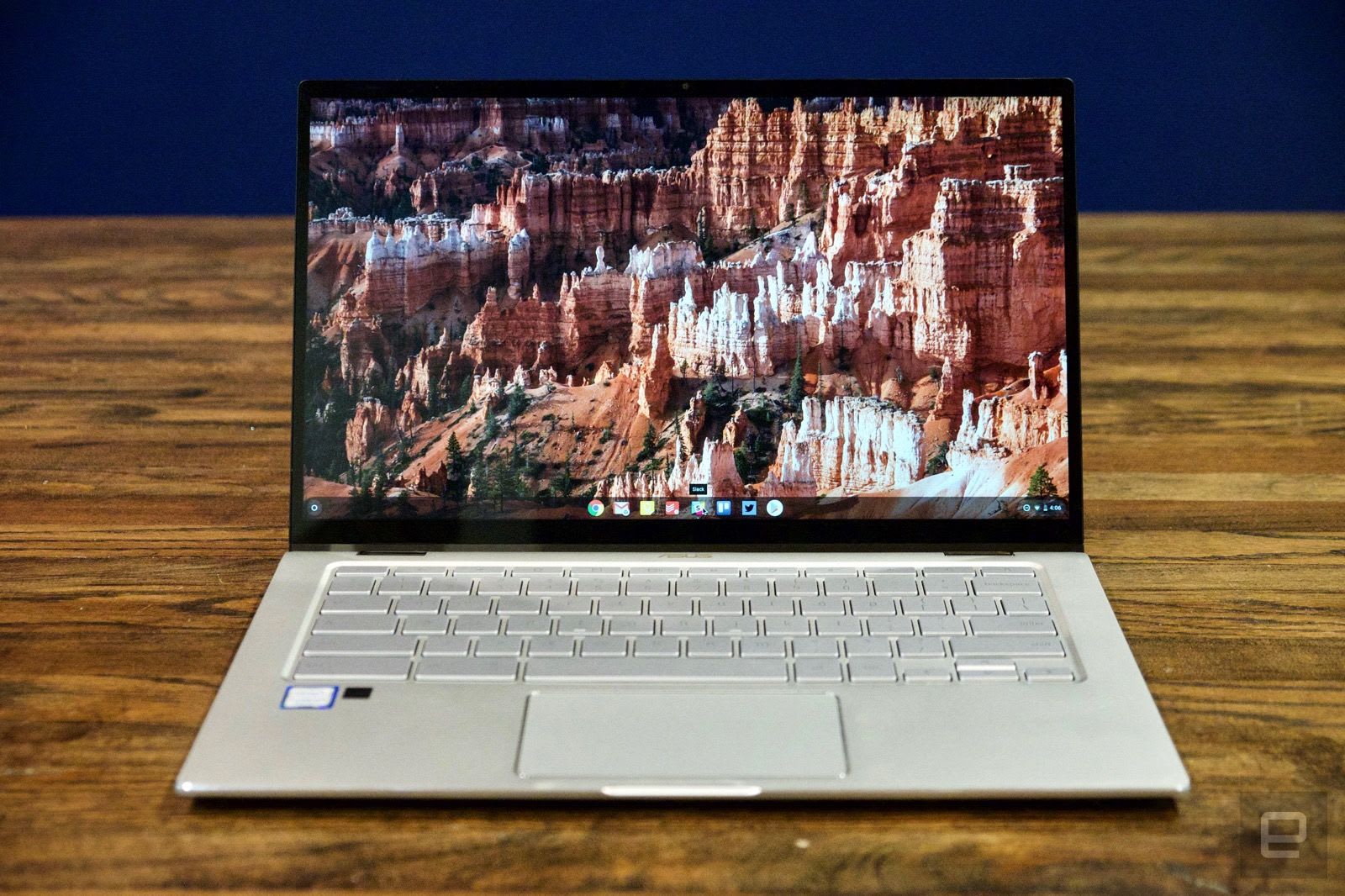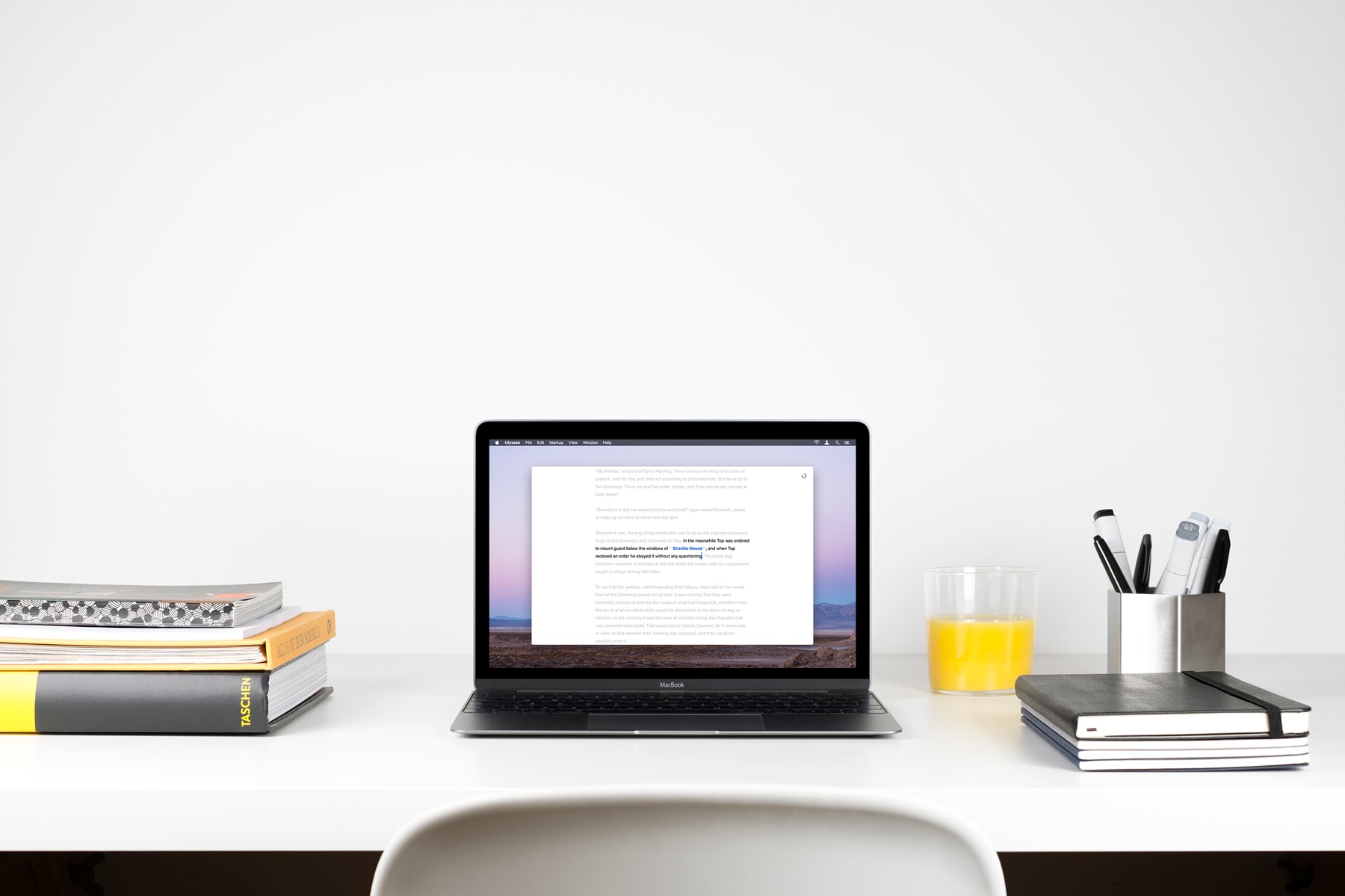So what should I use?
There are dozens if not hundreds of note-taking apps to choose from. All of them, unsurprisingly, promise to make you an organization and productivity guru. If you’re struggling to sift through them all, it’s important to ask the following questions.
What hardware do I own?
First and foremost, eliminate any service that doesn’t support your primary devices. For argument’s sake, let’s say you own a Macbook Pro and an Android smartphone: You can immediately rule out any platform that doesn’t support Google’s mobile operating system, like Bear and Ulysses. Why? Because it’s critical that you can access your notes anytime, anywhere. A good, reliable mobile app means you can speed-read some revision notes while sitting on the bus or waiting in line for coffee. It’s also a decent backup if you forget to charge your laptop or tablet before class.
What’s my learning style?
If you haven’t already, take a “learning style” quiz. It will explain whether you absorb and process information best with visuals (photographs, diagrams, maps, et cetera), audio (podcasts, audiobooks, class recordings), words (good old-fashioned reading and writing) or some sort of physical, tactile representation (looking at a globe, fixing a car by hand, et cetera).
What am I studying?
You should then consider your subjects. What would be the best way to represent and digest the course materials? A photography degree, for instance, will probably cover some prolific shutterbugs like Ansel Adams and Henri Cartier-Bresson. If you want to remember their lives and techniques, it makes sense to build some notes that contain a mixture of text and example images.
What’s my budget?
Don’t spend what you can’t afford. Set yourself a budget (we have a guide for managing your finances too) and dismiss anything that goes above it. Be wary, too, of “free” versions that lock basic features like offline access and cross-device syncing behind expensive subscription plans. You don’t want to feel constrained by your note-taking app in class.
Our picks
It’s impossible to pick a single “best” note-taking app. Instead, we’ve made some suggestions that are tailored to specific users, devices and learning styles.
“I want to do everything with an iPad and Apple Pencil.”
Our pick: Notability
Ginger Labs
gingerlabs.com
- Platforms: iOS, macOS
- Price: $9.99 ($19.98 for both)
Apple’s iPad and Pencil stylus are a powerful combination. The former gives you limitless paper — both in volume and sheet size — while the latter can seamlessly switch among a near infinite number of multicolored pens, brushes and highlighters. If you plan to use this combination for most of your college work, we recommend Notability by Ginger Labs. The software is a tad more expensive than GoodNotes 5, but we prefer its general look and side rail organization as well as the way it smoothes out handwriting. Notability has a desktop app too, which is valuable if you occasionally switch over to a conventional laptop or PC.
Alternative: GoodNotes 5
- Platforms: iOS
- Price: $7.99
- Buy
“I want to use a tablet and a laptop or PC.”
Our pick: OneNote
- Platforms: iOS, Android, macOS, Windows 10, web
- Price: Free
If you split your time evenly between a tablet and PC, it’s worth checking out OneNote. We love Microsoft’s software because it’s completely free and available on a wide range of platforms. You can organize your life in any number of notebooks and nested sections, which are then backed up to your Microsoft OneDrive account by default. Individual notes can also support a vast number of media types, including text, images, hand-drawn doodles and audio recordings. You can also share your notebooks and collaborate on individual notes with other people. We love Evernote too, but the free tier limits account access to two devices.
Alternative: Evernote
- Platforms: iOS, Android, macOS, Windows 10, web
- Price: Free (basic), $7.99/month (premium), $14.99/month (business)
- Buy
“I’m a power user who wants to customize everything.”
Our pick: Notion
- Platforms: iOS, Android, macOS, Windows 10, web
- Price: Free, $4/month (personal), $8/month (team), $20/month (enterprise)
Notion is a note-taking app with a cult-like following, and with good reason. It’s an extremely powerful and versatile option that supports simple to-do lists, longer blog posts and a whole bunch of other get-your-life-together tools, such as Kanban project-management boards, calendars and Wiki-style databases. Pages (Notion’s term for notes) can also link to pages stored in a completely different part of the app. The software can be daunting for newcomers, however, and building the perfect setup takes time. Thankfully, the company has developed a bunch of page templates and posted some helpful guides online.
Alternative: Evernote
- Platforms: iOS, Android, macOS, Windows 10, web
- Price: Free (basic), $7.99/month (premium), $14.99/month (business)
- Buy
“I have a Chromebook. What are my options?”
Our pick: Google Keep (plus Docs)
- Platforms: iOS, Android, Chrome, web
- Price: Free
A Chromebook is one of the cheapest ways to get a laptop-like experience with desktop-class web browsing. If you’re using one for school, we recommend Google Keep and Docs for most of your assignments. Keep is a dead-simple tool for capturing quick-and-dirty lesson summaries, deadlines and daily to-do lists. Docs, meanwhile, is a conventional writing application similar to Microsoft Word. It’s great for converting shorter notes into longer, meatier essays and revision documents. With a dedicated Chrome extension, you can also create, view and edit all of your Google Docs content offline.
Alternative: Evernote
- Platforms: iOS, Android, macOS, Windows 10, web
- Price: Free (basic), $7.99/month (premium), $14.99/month (business)
- Buy
“I want to take notes with paper and pen!”
Our pick: Evernote
- Platforms: iOS, Android, macOS, Windows 10, web
- Price: Free (basic), $7.99/month (premium), $14.99/month (business)
Not a problem. For many people, the physical act of writing helps their brain memorize the information. An app can still be useful, though, for creating a digital backup that can be accessed anywhere. Many note-taking apps have a built-in camera feature, but not all are designed for handwritten documents. Evernote is one of the few that can smartly detect and capture a note while the camera is open. It will then make subtle adjustments, including contrast tweaks, based on whether it’s a notebook page, business card, receipt or whiteboard. Otherwise, we highly recommend Microsoft OneNote — a truly free alternative, provided you have cloud storage — for capturing your handouts and Moleskine pages.
Alternative: OneNote
- Platforms: iOS, Android, macOS, Windows 10, web
- Price: Free
- Buy
“I want a lightweight app for quick, simple notes.”
Our pick: Google Keep
- Platforms: iOS, Android, Chrome, web
- Price: Free
Just want a place to dump quick thoughts, ideas and reminders? Again, we recommend Google Keep. The free software has a simple and clean design that anyone can grasp in a matter of seconds. We love the labeling system and ability to change a note’s background color, just like a wad of multicolored sticky notes. There are plenty of other options, though, including Simplenote and the pre-installed Apple Notes app for iPhone, iPad and macOS. Zoho Notebook, meanwhile, is a free alternative with beautiful “cards” designed for blocks of text, checklists, audio snippets, photographs, files and hand-drawn sketches.
Alternative: Simplenote
- Platforms: iOS, Android, macOS, Windows 10, Linux
- Price: Free
- Buy
Alternative: Notes (Apple)
- Platforms: iOS, macOS
- Price: Free
Alternative: Zoho Notebook
- Platforms: iOS, Android, macOS, Windows 10
- Price: Free
- Buy
“I want an app for serious writing too.”
Our pick: Ulysses
- Platforms: iOS, macOS
- Price: $4.99/month or $39.99/year
Many people want a single app for all of their notes and school-based assignments. The ideal solution should, therefore, have a text editor that’s competitive with, if not superior to, Microsoft Word and Google Docs. One such tool is Ulysses, which offers a beautiful design and a super smart take on Markdown, dubbed Markdown XL, for text formatting. At the time of writing, though, it’s only available for iOS and macOS users. Bear, another writing app that we absolutely love, shares the same problem. Dropbox Paper is an intriguing alternative but relies on the web for desktop editing. There’s also Scrivener, an expensive but powerful writing app that’s available for iOS, Windows 10 and macOS — but sadly not Android.
Alternative: Bear
- Platforms: iOS, macOS
- Price: Free, $1.49/month or $14.99/year (Pro)
- Buy
Alternative: Dropbox Paper
- Platforms: iOS, Android, web
- Price: Free
- Buy
Alternative: Scrivener
- Platforms: iOS, macOS, Windows 10
- Price: iOS ($20), macOS ($49), Windows 10 ($45), macOS & windows 10 ($80)
- Buy
In this article:
apple, applenotes, bear, bts2019, dropboxpaper, evernote, gadgetry, gadgets, gear, gingerlabs, goodnotes5, google, googlekeep, microsoft, notion, onenote, review, scrivener, simplenote, thebuyersguide, ulysses, zoho, zohonotebook
All products recommended by Engadget are selected by our editorial team, independent of our parent company. Some of our stories include affiliate links. If you buy something through one of these links, we may earn an affiliate commission.
Nick Summers is a senior reporter, editor and photographer at Engadget. He studied multimedia journalism at Bournemouth University and holds an NCTJ certificate. Nick previously worked at The Next Web and FE Week, an education-focused newspaper in the UK.

